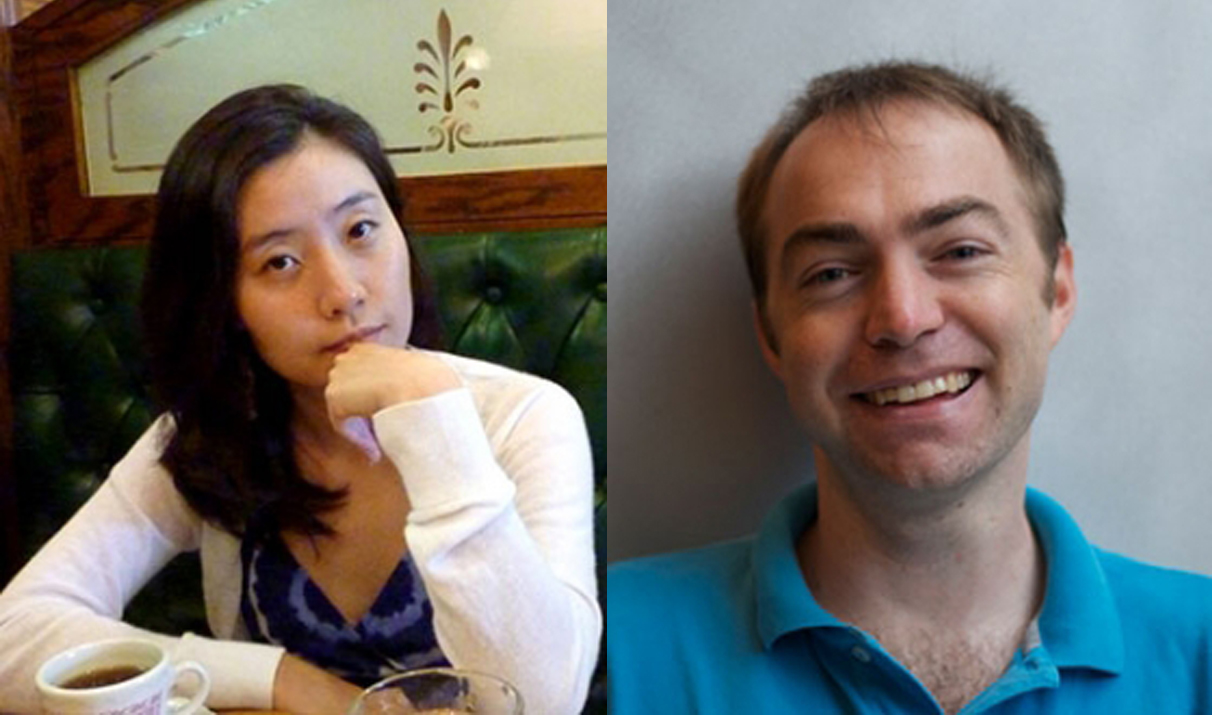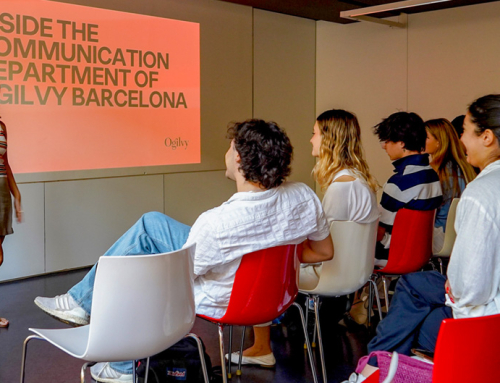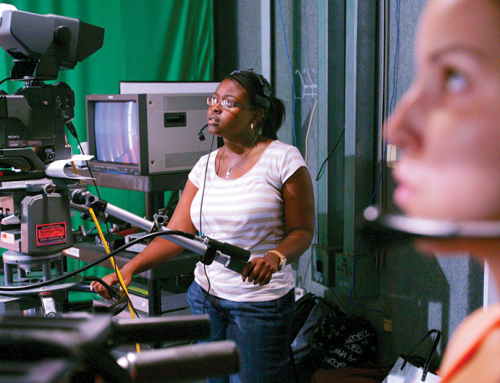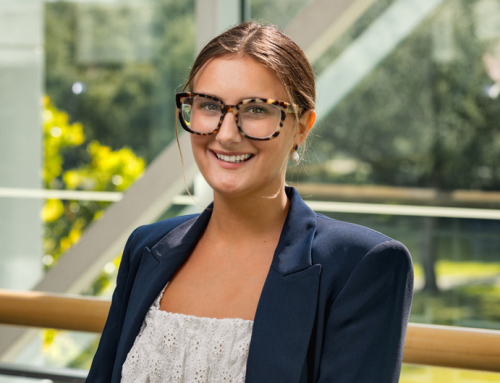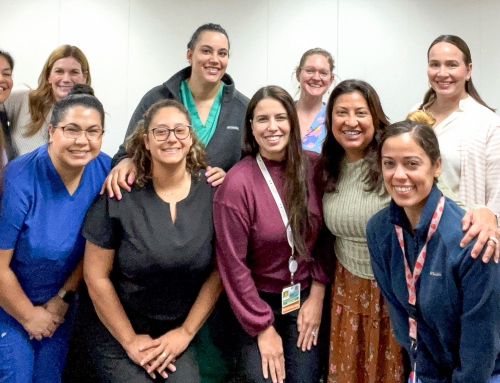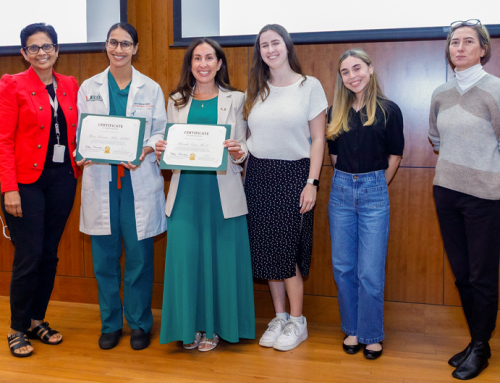School of Communication professors Soyoon Kim and Clay Ewing are recipients of the Center for Communication, Culture and Change’s 2015 Research Award. Their project, which will focus on using an innovative digital game to reduce the use of indoor tanning among young adults, will assess the game’s effectiveness on psychological and behavioral determinants of indoor tanning behavior. According to Professor Kim, “The period of young adulthood is a vulnerable one, and using indoor tanning facilities without realizing or downplaying its risk is one of many other consequential unhealthy choices that our target audience can make. Unfortunately, conventional prevention messages have easily been perceived as a threat to these young individuals’ self-esteem and autonomy, resulting in null or even boomerang effects.”
This project and follow-up studies with a consistent design and evaluation framework across multiple games will provide a unifying theoretical basis that may help to explain the persuasive effects of interactive entertainment-educational games, and will offer practical guidance for the design of games to address important health issues. In the proposed research, the team aims to develop an entertaining interactive game as an alternative prevention tool to circumvent the target audience developing an unfavorable response to the recommended health behavior. Professor Ewing hopes that through this process his team will be able to establish new methods for creating effective game based health interventions. “I am excited to design a game from the ground up that has mechanics built around communication theories,” said Professor Ewing.
“The proposed project has ample potential for publications in journals in the field of health communication, including Journal of Health Communication and Health Communication,” said Professor Kim. “In addition, we aim to use our pilot study results to apply for National Cancer Institute (NCI) of the National Institutes of Health (NIH)’s RO3, which will support our follow-up evaluation studies to verify the game’s effects as the next step.”
Check back for updates on this and other exciting projects that blend interactive media, advertising and health communication.
